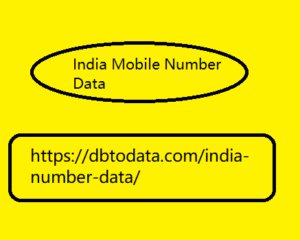Post by account_disabled on Mar 11, 2024 8:05:27 GMT
Thanks to the contextual reformulation process, Google Assistant is able to provide answers to user questions related to the main one. And it is also able to suggest related questions through the display. How does this processing happen? Alessio Pomaro Alessio Pomaro June 2, 2022 •4 min read Google Assistant and contextual rephrasing Google Assistant and contextual rephrasing When people talk to each other, the context and the implied references are fundamental for efficient communication ... or rather, we can say that conversations between human beings are as we know them thanks to these elements.
For example, if a person asks " which region is Padua located in? ", and India Mobile Number Data after obtaining a continuous answer asking " ...and what are the most interesting attractions ", it is clear that he continues to refer to Padua, without needing to explain it again. Furthermore, after getting an answer he could continue by saying " ...and what about Verona? "; also in this case it is quite clear that the reference is related to attractions. An example of contextual reformulation of Google Assistant A virtual assistant unable to reliably manage context and references would force users to adapt to a limitation of the technology by compensating for it by repeating the information implicit in the context in their follow-up questions ( i.e. that follow the previous ones ).

How does Google Assistant maintain conversational context? As seen in the video, Google Assistant manages to maintain the context of the conversation , allowing requests to be made more fluid, approaching a natural conversation . The technology that allows this to be achieved is based on a Machine Learning system that reformulates the user's follow-up request so that it contains the missing context information. This turns the new question into a " stand-alone query ". Although there are other ways to handle context, for example by applying rules that determine intent and topic, the advantage of the reformulation approach is simplicity.
For example, if a person asks " which region is Padua located in? ", and India Mobile Number Data after obtaining a continuous answer asking " ...and what are the most interesting attractions ", it is clear that he continues to refer to Padua, without needing to explain it again. Furthermore, after getting an answer he could continue by saying " ...and what about Verona? "; also in this case it is quite clear that the reference is related to attractions. An example of contextual reformulation of Google Assistant A virtual assistant unable to reliably manage context and references would force users to adapt to a limitation of the technology by compensating for it by repeating the information implicit in the context in their follow-up questions ( i.e. that follow the previous ones ).

How does Google Assistant maintain conversational context? As seen in the video, Google Assistant manages to maintain the context of the conversation , allowing requests to be made more fluid, approaching a natural conversation . The technology that allows this to be achieved is based on a Machine Learning system that reformulates the user's follow-up request so that it contains the missing context information. This turns the new question into a " stand-alone query ". Although there are other ways to handle context, for example by applying rules that determine intent and topic, the advantage of the reformulation approach is simplicity.
